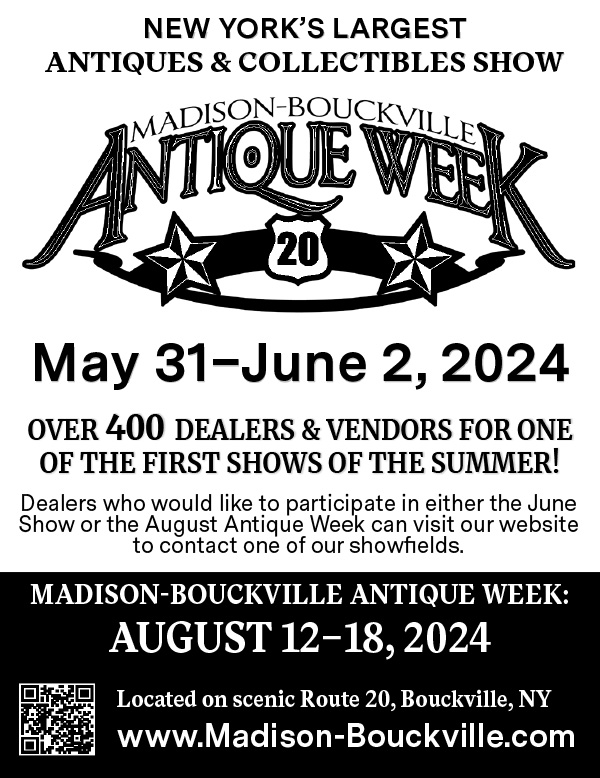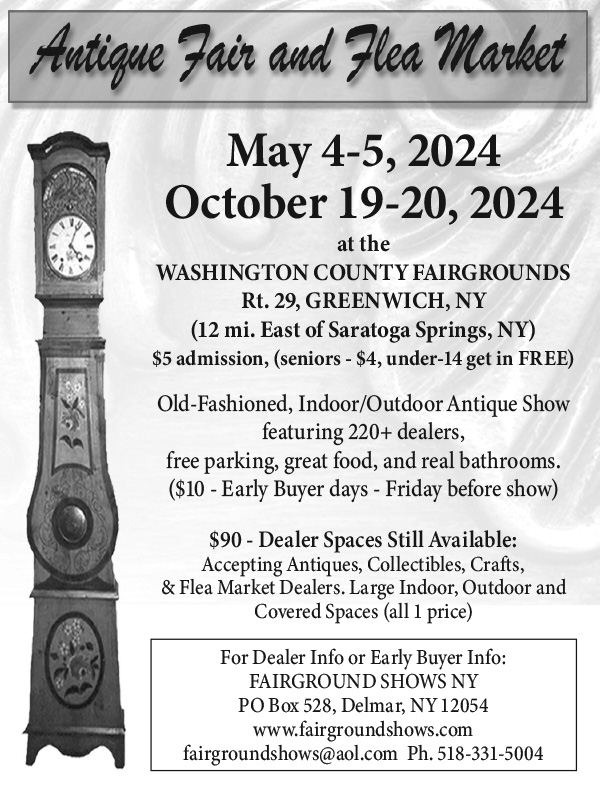Special Exhibition Explores the Beauty, Innovation, and Cultural Significance of Glass in the Lives of the British Elite and Illuminates how the British Upper Class Benefitted from Enslaved and Indentured Labor to Create and Pay for these Luxury Goods

The Corning Museum of Glass. Gift of Lucy Smith Battson.
Photo Credit: The Corning Museum of Glass
On May 22, The Corning Museum of Glass will open the groundbreaking exhibition In Sparkling Company: Glass and the Costs of Social Life in Britain During the 1700s. Presenting the glass objects that delighted the British elite, the exhibition examines how those goods defined social rituals and cultural values of the period, while also illuminating a darker side of history—how the British upper class benefitted from enslaved and indentured labor to create and pay for their glittering costumes and jewelry, elaborate tableware, polished mirrors, and dazzling lighting devices. The exhibition is organized by Christopher L. Maxwell, Curator of Early Modern Glass at CMoG, and will be on view through January 2022.
“In Sparkling Company will demonstrate the many functions and meanings of glass in 18th-century social life,” said Maxwell. “For those who aspired to be part of the polite world, glass objects presented an opportunity to demonstrate modernity, taste, and discernment in a social context. Many of these glass consumer goods were new to the market in the 1700s and consequently offer trenchant insights into the social, cultural and political values period.”
In the 1700s Britain was a prosperous and commercial nation. Its growing cities were hubs of industry, scientific advancement, trade and finance, and its colonies were expanding. British merchants navigated the globe carrying a multitude of cargoes: consumable, material and human. Underpinning Britain’s prosperity was a far-reaching economy of enslavement, the profits of which funded the pleasures and innovations of the fashionable world, among them luxury glass. Alongside the beauty and innovation of glass during this period, the exhibition presents artifacts and documents relating to the slave trade, such as glass beads were traded for human lives while elegant glass dishes, baskets and bowls held sweet delicacies made with sugar produced by enslaved labor in the British colonies.
“This exhibition considers the role of glass as a witness to the many changes of the 18th century and to the ways in which its material qualities (not just its presence) defined the social rituals, cultural values, and personal identities of the period,” said Corning Museum of Glass president Karol Wight. “Glass played a role in the earliest encounters with continents beyond Europe and in the too frequent exploitation of their natural resources. The wealth of the British society that wore sparkling costumes and used polished glass on its tables rested squarely on the shoulders of the people who worked to create this prosperity: enslaved and indentured humans, traders, seafarers, and military explorers.”
Nowhere was this prosperity on greater view than in domestic interiors, which were transformed by the increasing presence of clear and smooth plate glass. The exhibition will put on display newly conserved panels from the original Northumberland House Glass Drawing Room—on loan from the Victoria & Albert Museum—designed by the celebrated British architect Robert Adam for Hugh Percy, 1st Duke of Northumberland (1714-1786) and completed in 1775. In Sparkling Company will feature a virtual reality reconstruction of the entire drawing room, created by Irish production house Noho.
The smooth, ‘polished’ and reflective properties of glass also perfectly embodied 18th-century ideals of sociability, in what is considered by many as the ‘age of politeness.’ As urban centers grew in size and prosperity, sociability became ever more sophisticated. The terms ‘polite’ and ‘polished’ were often used interchangeably in the numerous etiquette manuals eagerly read by those wishing to take their place in the polite world. Examples of such literature will be displayed alongside fashionable glass of the period. In Sparkling Company: Glass and the Costs of Social Life in Britain During the 1700s will include important examples of 18th Century British glass.




